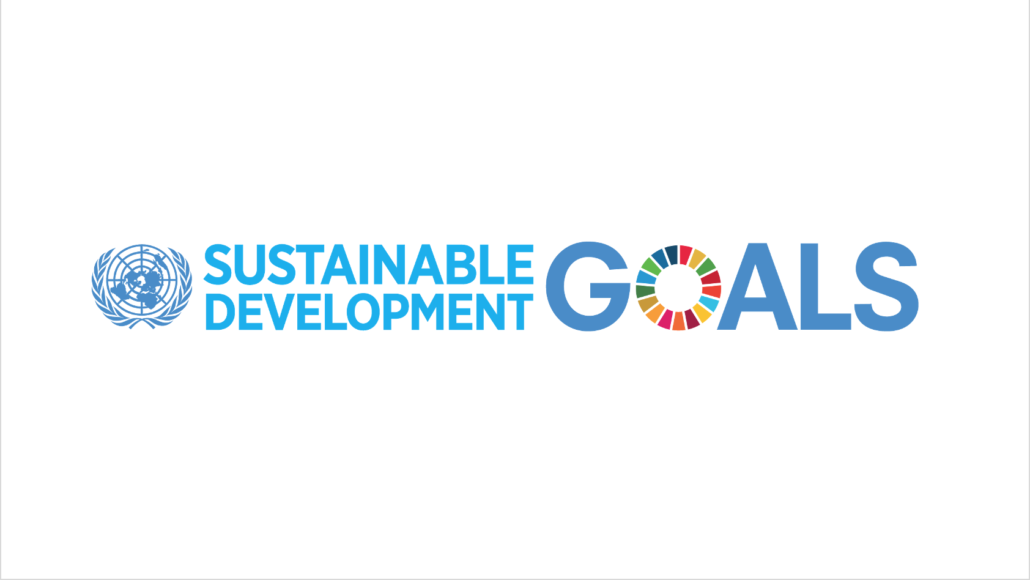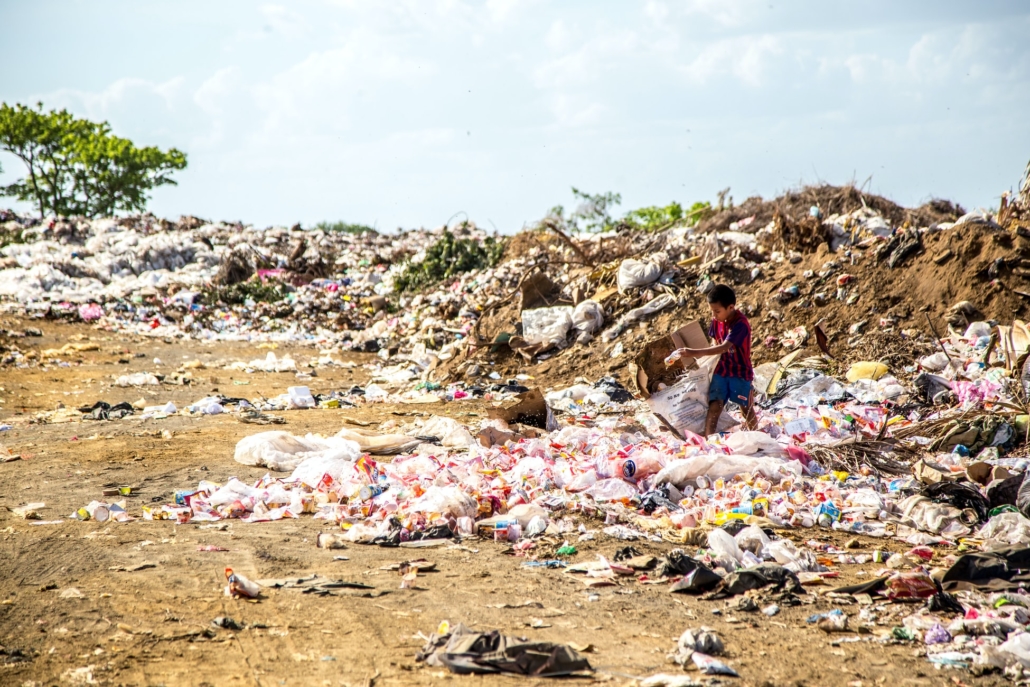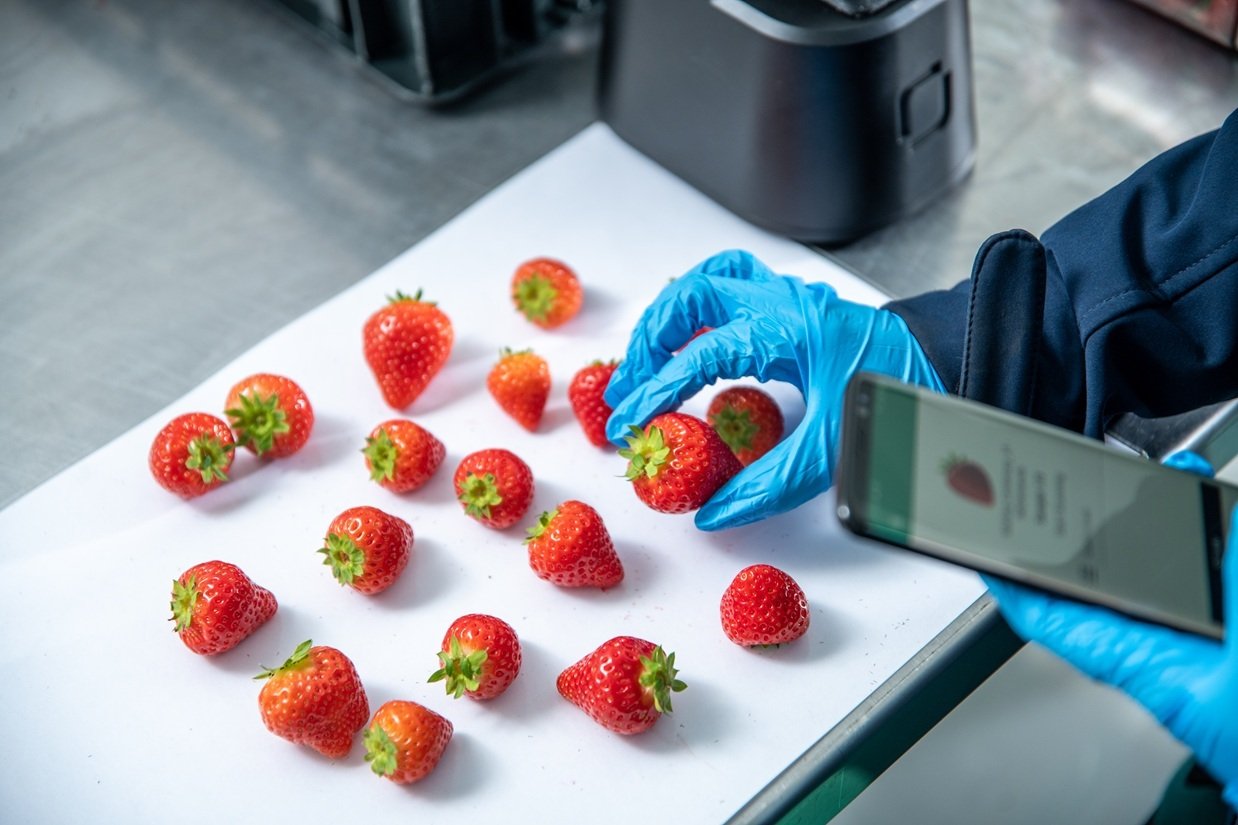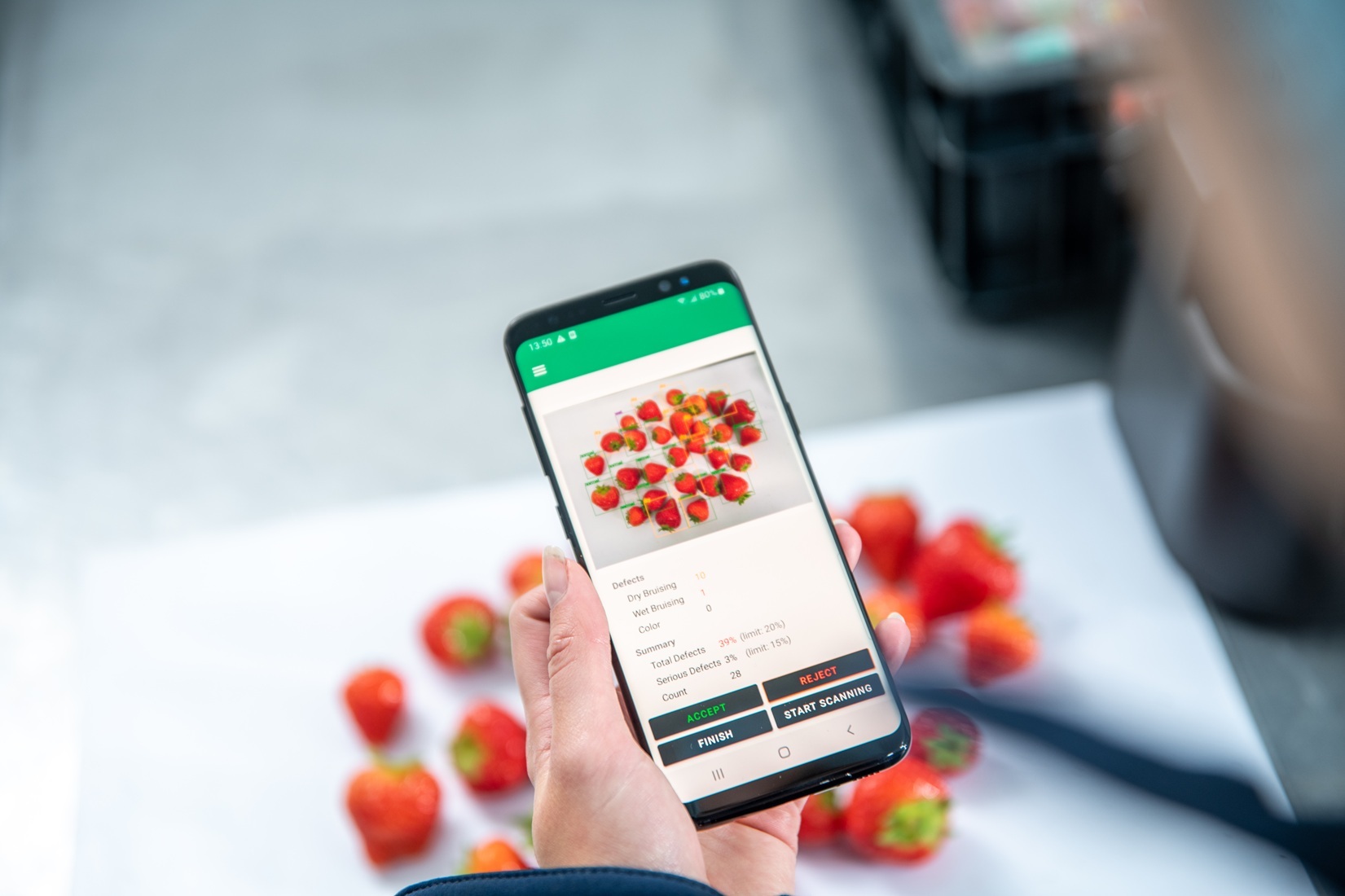
23 May 2023
doorOneThird
“By 2030, halve per capita global food waste at the retail and consumer levels and reduce food losses along production and supply chains, including post-harvest losses.”
– UN SDG 12.3
What are the United Nations’ Sustainable Development Goals?
The United Nations has developed an agenda to stimulate action through 2030 across 17 Sustainable Development Goals and 169 targets which aim to “strengthen universal peace” by way of collaborative partnership. These goals call for all countries, whether developed or developing, to join in a global partnership to work toward ending poverty, improving health and education, reducing inequality, and spurring economic growth while tracking climate change and preserving oceans and forests. UN SDG 12.3 is the specific section discussed in this post.
United Nations SDG 12 and Indicator 12.3
UN SDG 12 urges sustainable consumption and production patterns. Within this goal, Indicator 12.3 focuses on global food loss and waste. Food loss pertains to food lost from production up to (but not including) the retail level. Food waste pertains to food lost at retail and consumption levels.
Context: The Problems with Food Waste
If food wastage were a country, it would be the 3rd largest greenhouse gas emitter, behind China and the United States. In the U.S. alone, approximately 40% of food goes uneaten. That’s 96 billion pounds in a year, or 263 million pounds per day. So, about 80 million acres are used to grow food that ends up as waste (roughly the size of New Mexico, or 75% of California).
Moreover, one day of food waste in the U.S. could fill the Rose Bowl – a 90,000 seat stadium in Pasadena, California. In all, food is the largest component of municipal solid waste that is landfilled, and 16% of all methane (CH4) emissions (which are over 20 times more potent than carbon dioxide emissions) are released from landfilled food.

Consequences of Food Waste
In total, food production utilizes 80% of all freshwater consumed, 10% of all energy, and 50% of land. In the U.S., where 40% of food is wasted, 32% of U.S. freshwater, 4% of the U.S. energy budget, and 25% of U.S. land usage is also wasted. Meanwhile, that food waste contributes to 25% more methane emissions.
Globally, 1.4 billion hectares of land (28% of the world’s agricultural area) is used to produce food that is lost or wasted. If this land were a country, it would be the second-largest (5.4 million square miles), behind only Russia (6.6 million square miles).
• Economic Impact
The economic impacts of food waste pertain to costs of disposal, labor, and the degradation of our soil, waterways, and air. In the U.S., $161 billion are lost in the food industry each year. Perhaps even more concerning is the relationship between food waste and hunger, food insecurity, and poverty.
In the U.S., in 2010, 17.2 million households were food insecure, meaning that it was difficult to provide sufficient food for everyone in those homes. Furthermore, 46 million Americans relied on SNAP benefits (previously known as food stamps). Meanwhile, reducing food losses in the U.S. by even 30% would be enough to feed 50 million Americans every year if distributed properly.
• Social Impact
With an increasing global population, there is a call for more food production, but it is already here – it’s just being wasted! Safe and nutritious food that is otherwise wasted could actually feed 2 billion people (more than double the amount of undernourished people in the world) and saving only one-fourth of food currently wasted could feed 870 million hungry people. Latin America and Africa could feed 600 million people, and Europe could feed 200 million people.
So, cutting food loss and waste could reduce poverty and hunger by feeding people in need. Also, it fights climate change by reducing the amount of food waste in landfills. Reducing food waste is the 3rd top solution to climate change, behind improving refrigeration management and utilizing onshore wind turbines. This is an issue that all parts of the food system can take simple steps to improve.

Impact and Results from UN SDG 12.3
By tracking and measuring food waste and loss, the idea is to improve the efficiency of the food supply system and demonstrate how policy and investment can positively affect this process. By collecting data throughout harvest, post-production, storage, transportation, primary processing, and wholesales stages, countries can create programs that improve the efficiency of their own domestic food supply chain.
OneThird and UN SDG 12.3
OneThird was founded on the basis of helping all parts of the food supply chain reach the goals set forth by UN SDG 12.3.
We believe objectively predicting the shelf life of fresh produce and acting on this information will have a tremendous impact on preventing food waste.
Our solutions enable retailers, distributors, and growers to better assess the quality of their produce and optimize its flow, thus maximizing supply chain efficiency. To learn more about how we would work in your business, contact us via our webpage or email us directly at info@onethird.io.


